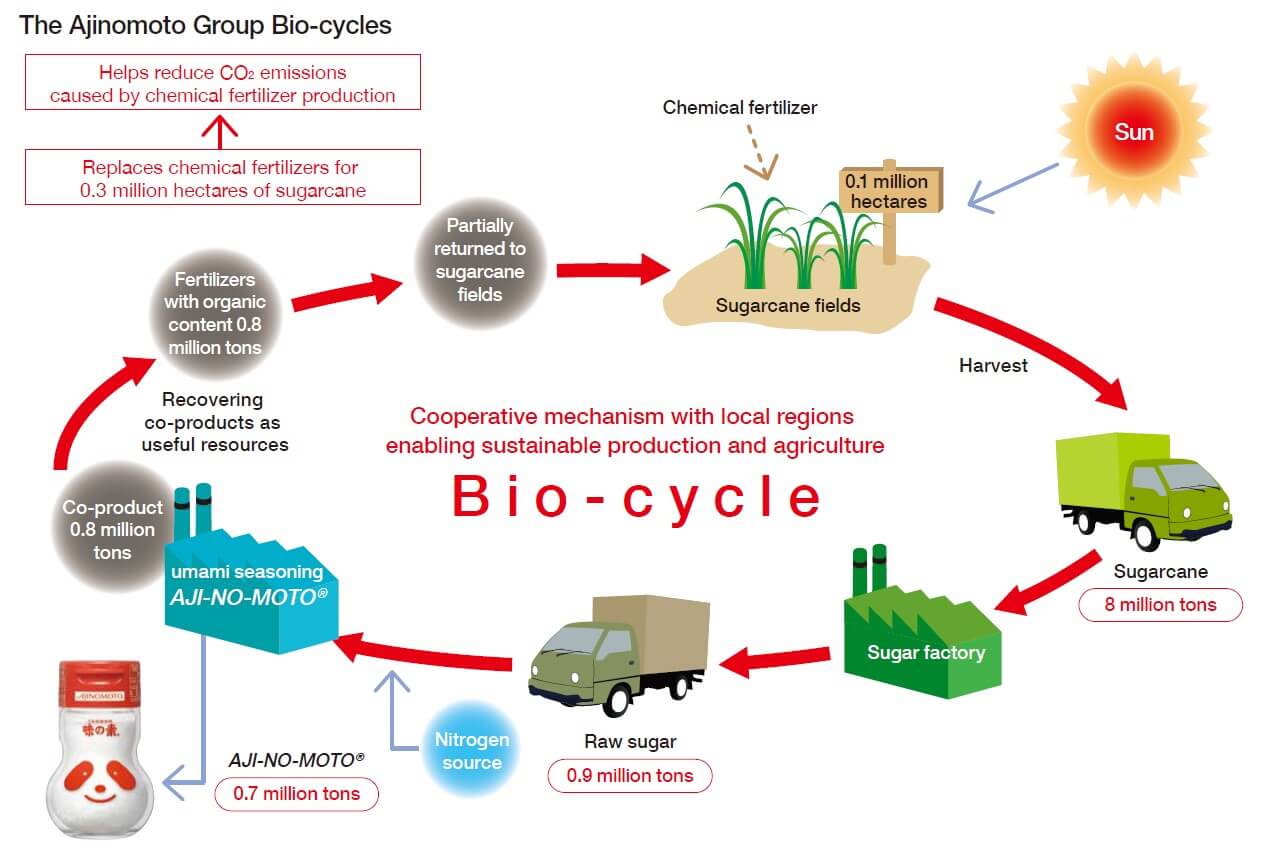
Table of Contents
Securing renewable, non-CO₂-emitting energy sources
The burning of fossil fuels—oil, coal, and natural gas—to generate electricity releases carbon dioxide locked in the ground into the atmosphere. These CO₂ emissions contribute to global warming and climate change. Because they took millions of years to form from decaying organic material, fossil fuels can never be replaced. Hence the urgent need for renewable, non-CO₂-emitting sources of energy such as wind and solar. But these energy sources have limitations: the sun doesn’t always shine and the wind doesn’t always blow. That’s where biomass comes in.
What is biomass?
Biomass consists largely of forest and agricultural waste: the unused parts of trees and crops left over from the production of wood, paper, and food. This waste typically ends up in landfills, slowly emitting CO₂ as it decomposes. But when processed into pellets or the like, it can fuel a biomass boiler that produces heat and boils water, or even generate electricity using a biomass cogeneration system. Biomass is not only a plentiful resource, but also renewable since trees and crops can be replanted. As they grow, plants absorb roughly the same amount of CO₂ as they emit when burned, meaning that biomass can be viewed as a “carbon-neutral” fuel source.
The Ajinomoto Group's initiatives to reduce CO2 emissions
As part of its commitment to helping achieve the United Nations’ Sustainable Development Goals (SDGs), the Ajinomoto Group has introduced biomass at ten of its production facilities around the world to reduce CO₂ emissions and fight climate change.
In Ayutthaya, Thailand, for example, the company brought a biomass cogeneration system online in 2016, using locally-sourced rice husks as fuel. The system has resulted in a significant reduction in net CO₂ emissions, less electricity being purchased from the grid, and stable operations even during power cuts. A similar initiative employing biomass boilers at three factories in São Paulo, Brazil brought net CO₂ emissions down to nearly zero over a one-year period. The boilers supply 80% of the factories’ energy demands at a lower cost than fossil fuels. In Japan, meanwhile, the Ajinomoto Group purchases all of its energy from a power company that generates electricity using sugarcane bagasse biomass sourced from sugar factories in Okinawa.
By the year 2030, the Ajinomoto Group’s goal is to meet 50% of all its energy needs using renewables, and biomass is an important part of that solution. When it comes to reducing CO₂ emissions and fighting climate change, we cannot afford to let anything go to waste.
The Environmentalism of AJI-NO-MOTO®

The chart assumes worldwide annual Group production of approximately 0.7 million tons of the umami seasoning AJI-NO-MOTO® using only sugarcane. The figures for sugarcane grown and sugar production are commonly-used global figures. The figures related to resources used for producing AJI-NO-MOTO® are based on actual statistics from the Group.





